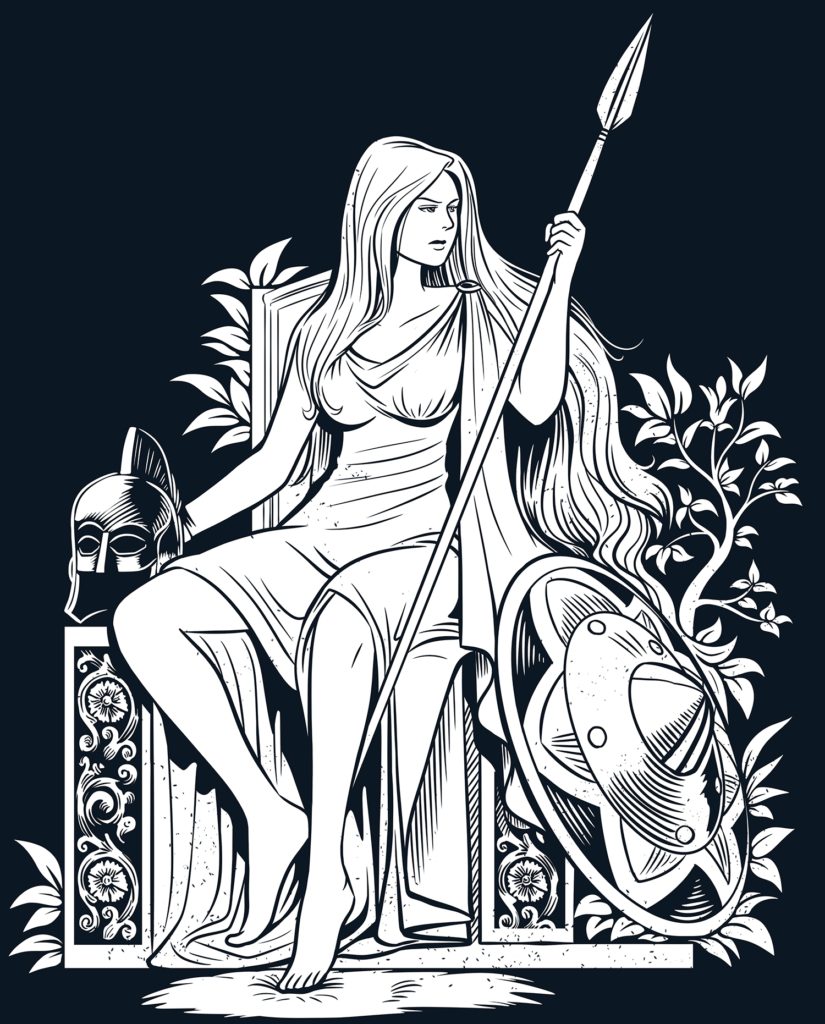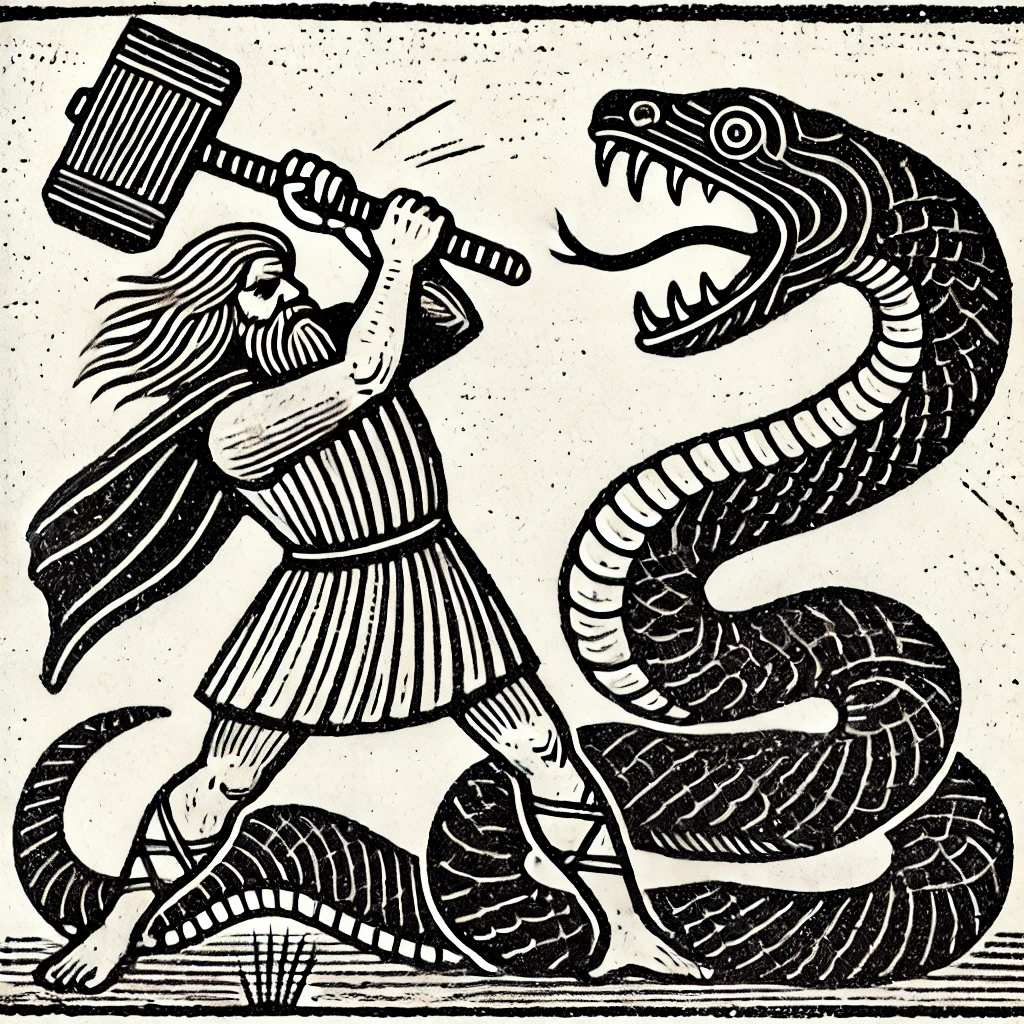
| Alternate Names: | Hrethe, Rheda |
| Iconography: | |
| Domains: | Competition, Survival, Victory, War, Spring |
Table of Contents
Historical Attestation
The goddess Hréðe, sometimes normalized as Hrethe, is attested to only once, in De temporum ratione, by the Venerable Bede. It is said that the month Hrēþmōnaþ, roughly analogous to the modern month of March is named in her honor. This constitutes virtually every piece of known data, from which we may work to reconstruct a cult of Hréðe. Of all the “lost” gods of England, the lore of Hréðe has suffered probably the greatest loss.
Let us begin our effort to regain some connection with this goddess, by examining her name. Hréðe most likely stems from the word hréð, meaning (‘glory, fame, triumph, or honor’). Also attached to the adjective with the same spelling are the concepts of ferocity, or harshness. The noun hréð forms the second part of the compound gúþ-hréþ, (‘battle glory’) which is attested in Beowulf;
Beówulfe wearþ gúþhréþ gyfeðe
To Beowulf was warlike-glory given
This is to my knowledge, the only compounded word created from the noun hréð and the implications are unquestionably martial. It seems clear, gúþhréþ is glory or victory obtained in violent struggle.
So, what else do we know of this goddess? That she was venerated in early Spring, in the lunar month corresponding roughly to March, the month named by the Romans for Mars, their god of war. Hrēþmōnaþ would be a time of tempestuous weather, which might itself be considered to be Hrēþ, (‘fierce’) but we must also consider that during this time, raids and commerce would be resuming as the days became warmer. It would also mark the resumption of farming in earnest, and thus as warriors began to engage in martial exploits and farmers began to work the Earth, it would seem likely that the latter group would wish for protection from the former!
Ingwine Heathen Guidance
Given that the correlation of Mars/March with Hréðe/Hrēþmōnaþ seems plausible enough, and given the etymology explored above, it may prove to be an acceptable starting point for the modern Heathen, in seeking to establish ties to this goddess, to approach her as a protectress in (or from) armed conflict, as well as a grantor of victory in acts of daring, somewhat in the spirit of the Roman god Mars, or the Mediterranean goddesses Nike and Victoria, personification of victory. It also seems plausible enough, that she would have been propitiated in matters of early Spring agriculture, as the “slayer of Winter” who ushers in a return to warm weather. This is of course, a great deal of supposition on the author’s part, based upon very scant evidence, but it may that only by forming personal relationships with this goddess will modern Heathens come to know her better.

